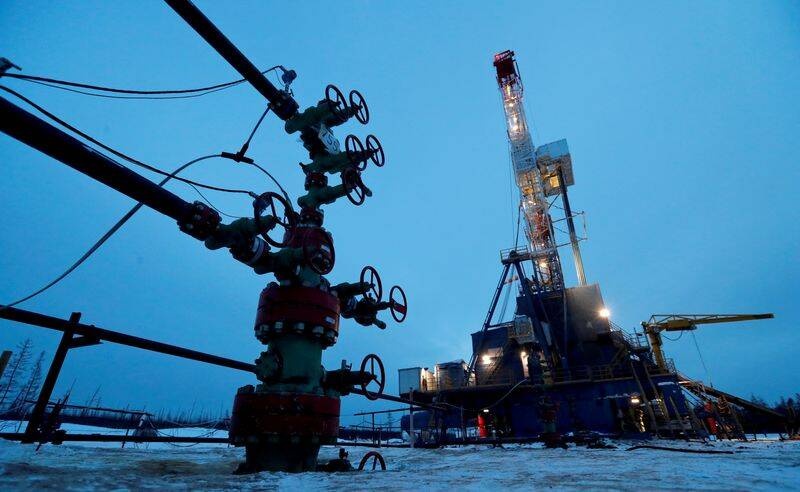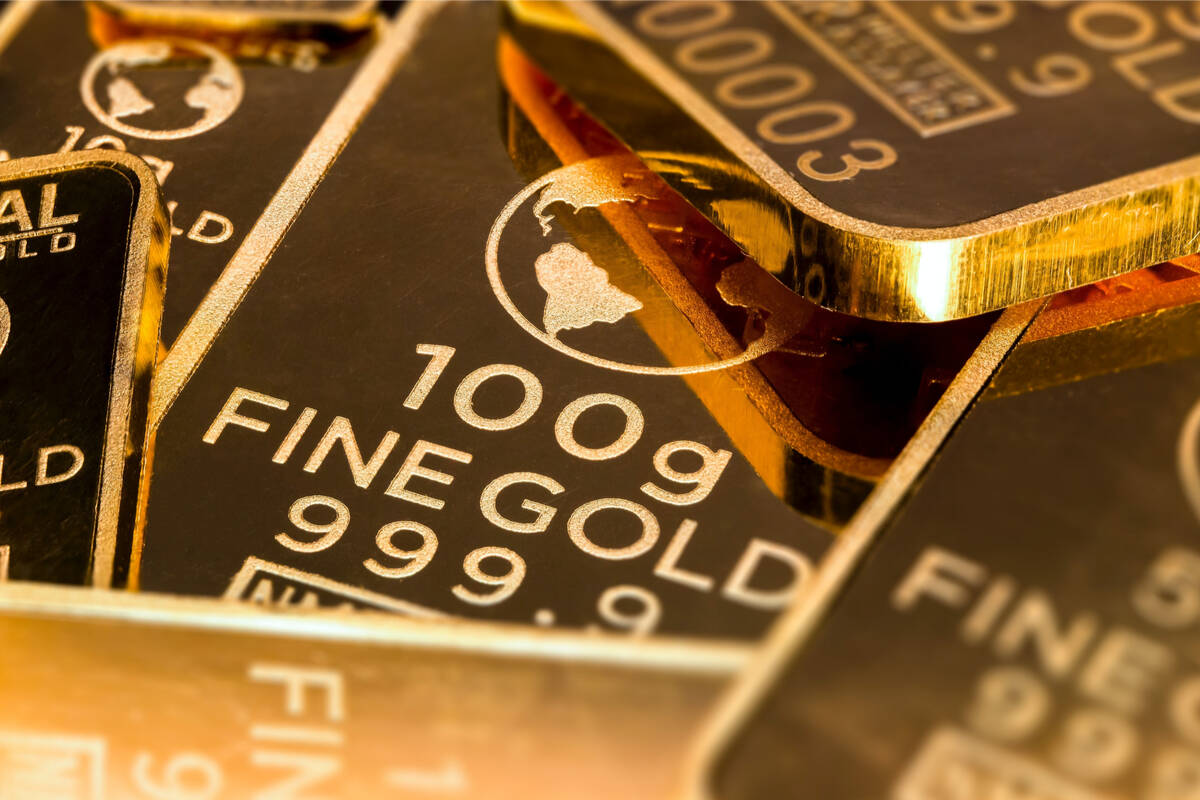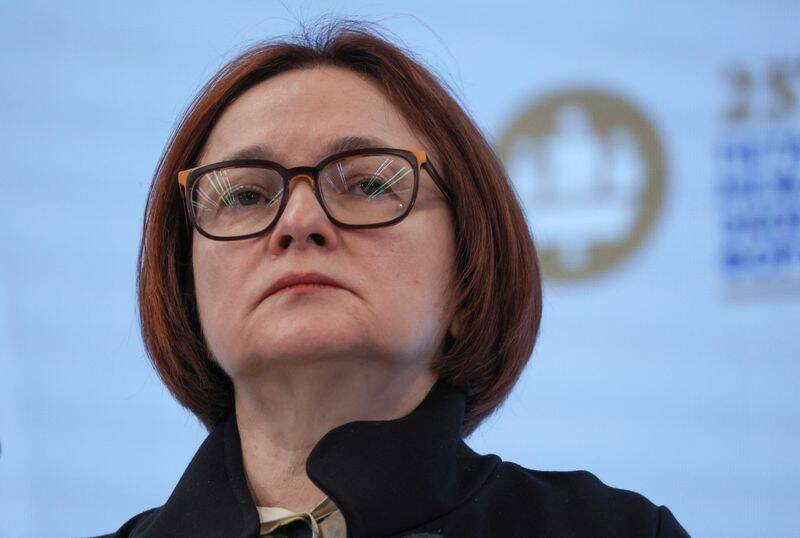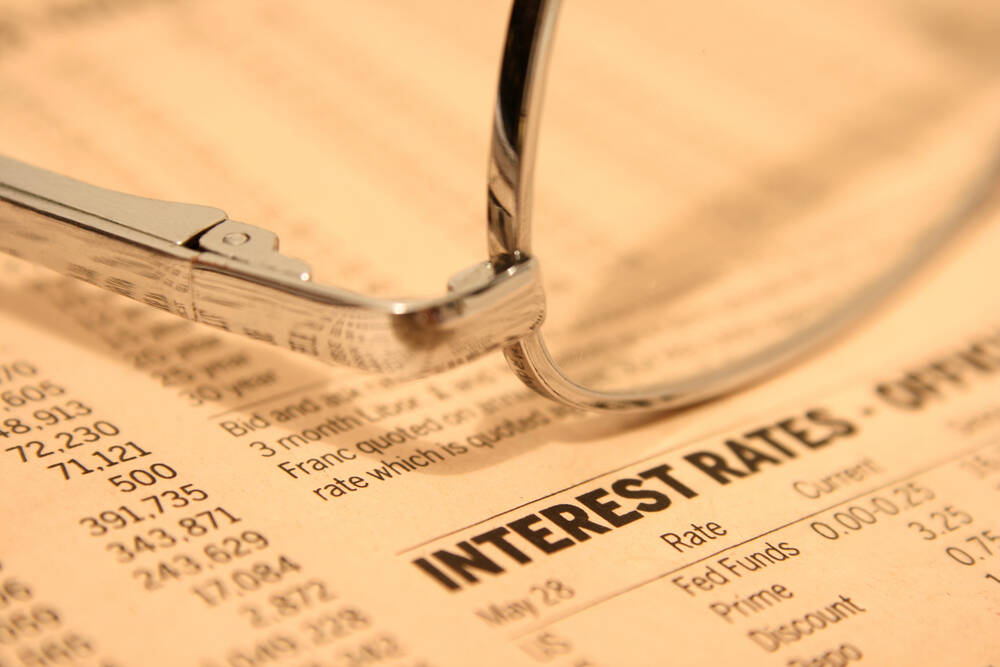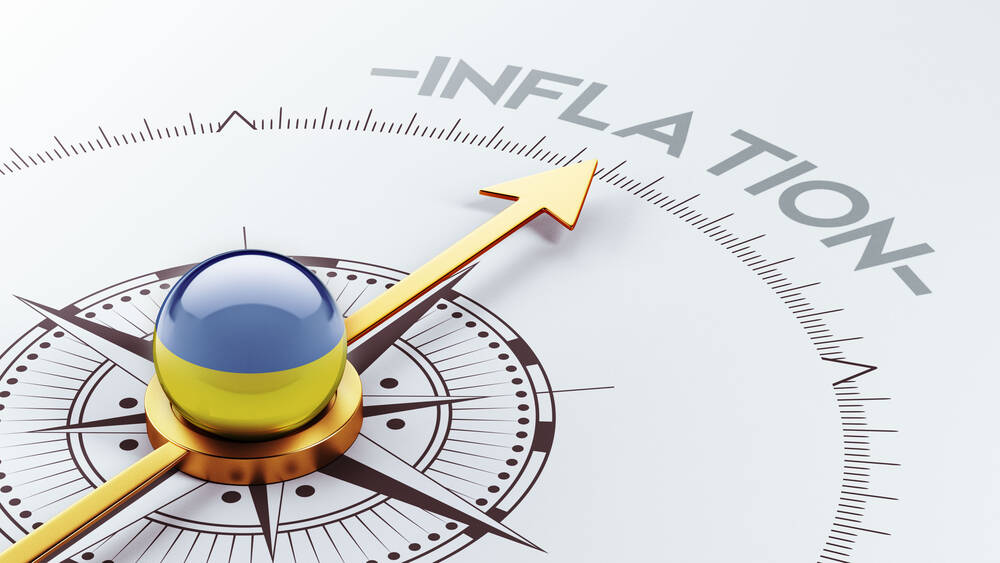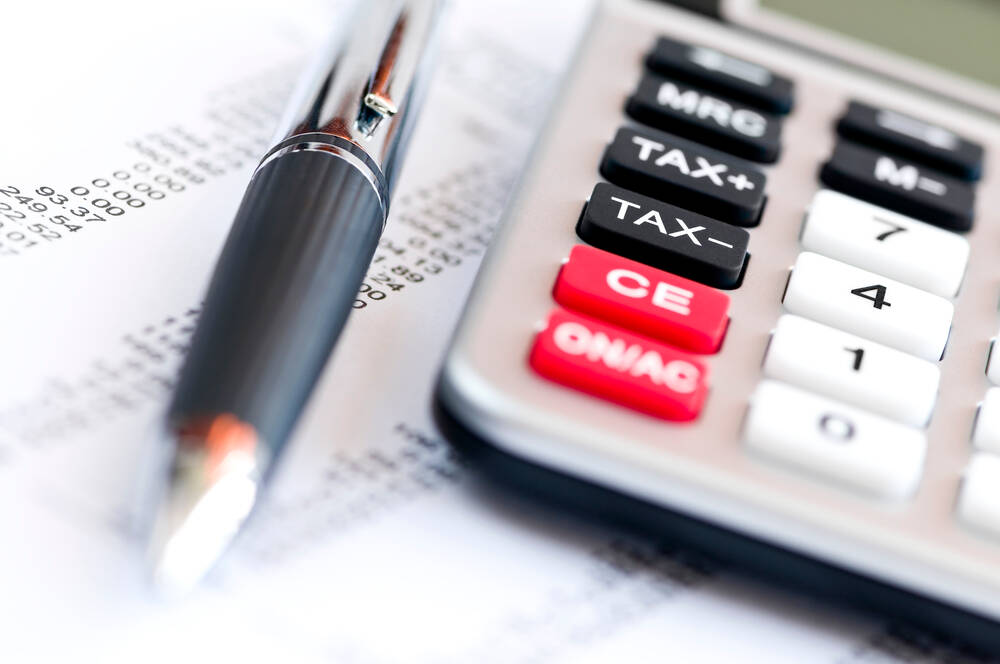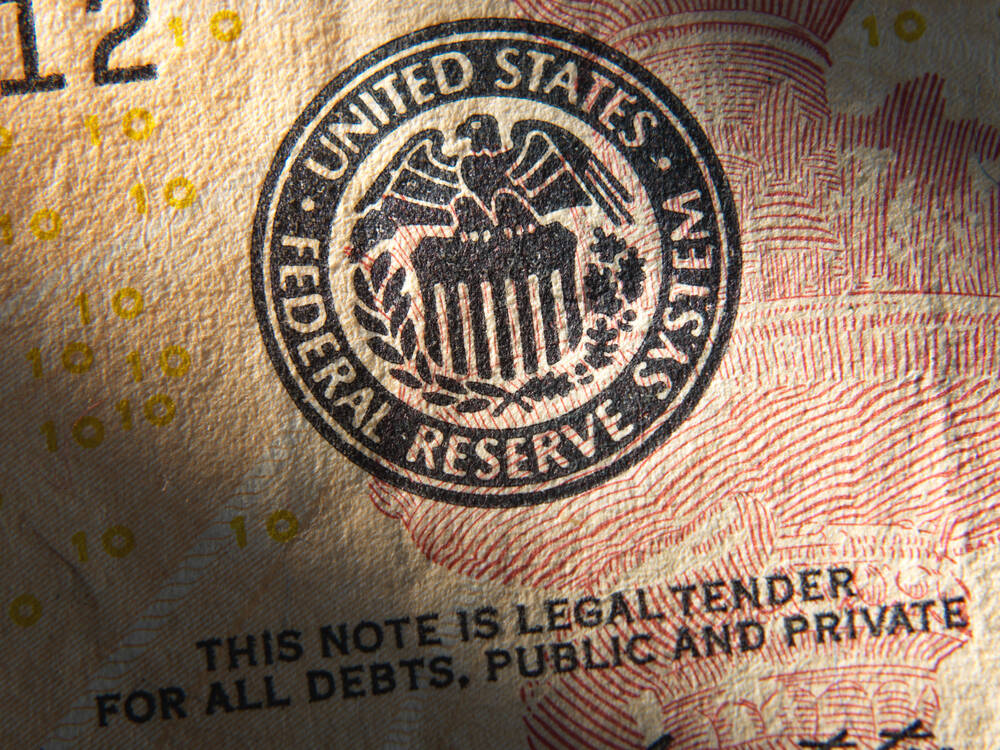Advertisement
Advertisement
Search Indicator:
Choose Country 
Iceland GDP Annual Growth Rate
Last Release
Dec 31, 2024
Actual
2.3
Units In
%
Previous
-0.5
Frequency
Quarterly
Next Release
May 30, 2025
Time to Release
2 Months 28 Days 11 Hours
Highest | Lowest | Average | Date Range | Source |
94.8 Mar 2008 | -10.5 Jun 2020 | 6.02 % | 1995-2024 | Statistics Iceland |
Iceland's economy depends heavily on the fishing industry, which provides 40 percent of export earnings, more than 12 percent of GDP, and employs nearly 5 percent of the work force. Its economy has been diversifying into manufacturing and service industries in the last decade, particularly within the fields of software production, biotechnology, and tourism. On the expenditure side, household consumption is the main component of GDP and accounts for 53 percent of its total use, followed by government expenditure (24 percent) and gross fixed capital formation (17 percent). Exports of goods and services account for 54 percent of GDP while imports account for 47 percent, adding 7 percent of total GDP.
Latest Updates
Iceland’s economy expanded 2.3% year-on-year in Q4 2024, accelerating from a revised 0.4% in Q3 and marking the fastest expansion since Q4 2023. Growth was driven by a surge in fixed investments (15.6% vs. 1.5%), particularly in business sectors and residential construction. Meanwhile, household consumption (0.8% vs. 1.5%) and government spending (2.1% vs. 2.9%) slowed. Net trade also weighed on GDP, with imports surging 10.5% (vs. -2.2%) while exports rose at a softer 1.4% (-2%). On a seasonally adjusted quarterly basis, GDP contracted 1.4%, unchanged from Q3, and remaining at its sharpest contraction since Q3 2023. For the full year, the economy expanded 0.6%, sharply down from 5.6% in 2023.
Iceland GDP Annual Growth Rate History
Last 12 readings
